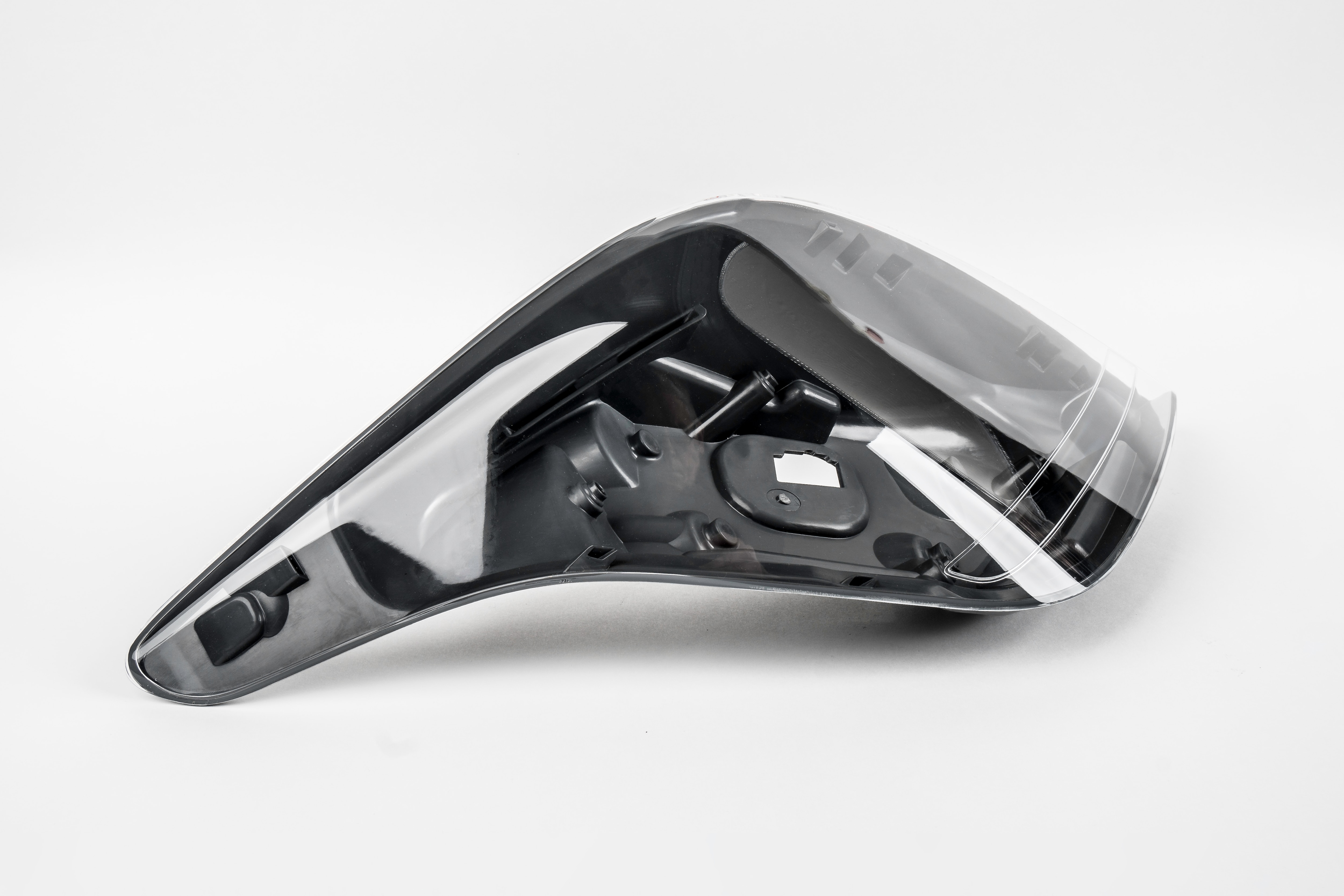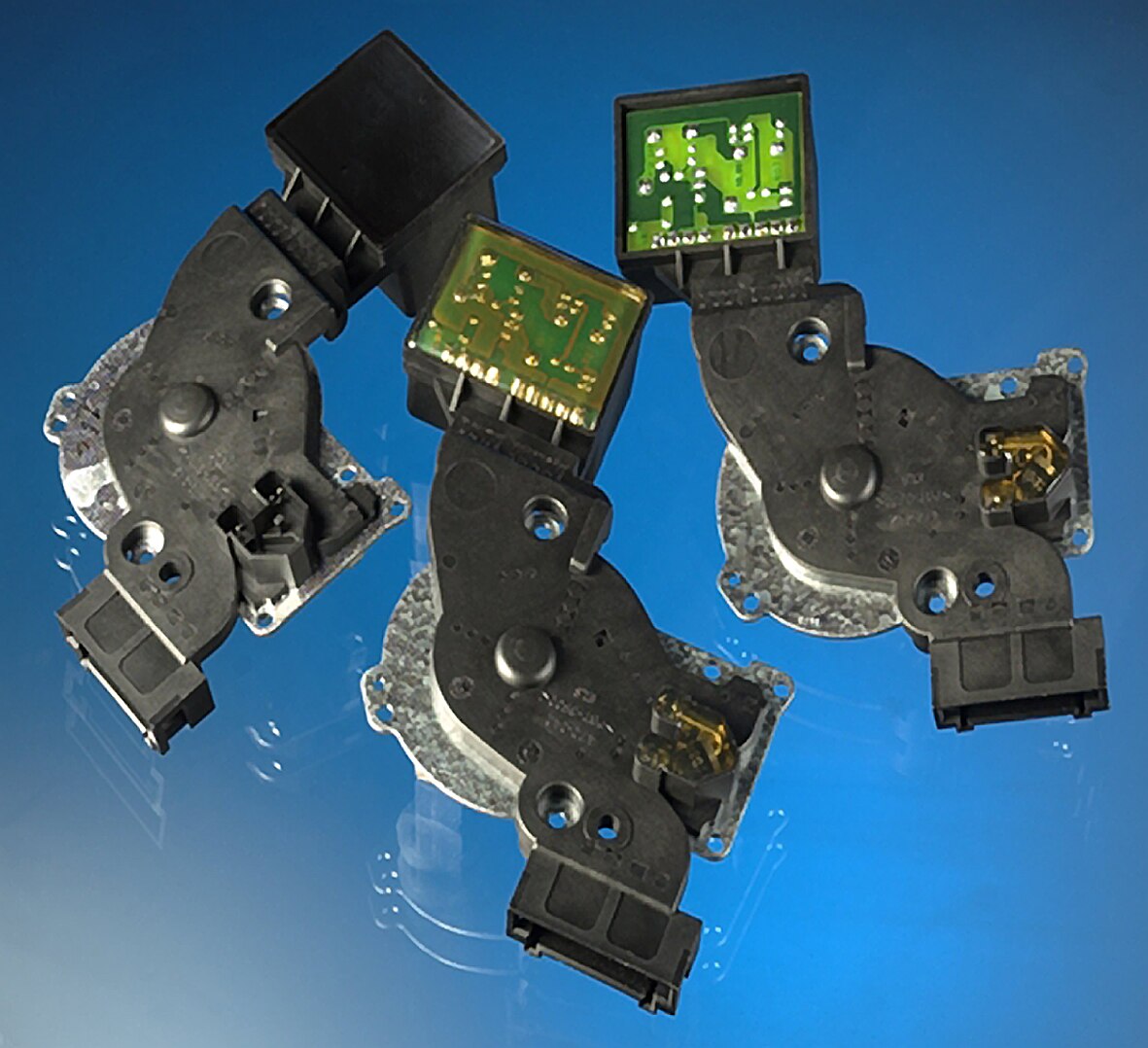Housing Welding

Housings for various end uses and applications can be reliably and permanently welded with laser technology.

Encapsulation with silicones is an often used method, which is more often being replaced by laser welding. Compared to other welding methods, laser welding has the advantage of introducing the energy without contact and minimizing thermal and mechanical strain on components. Elimination of the encapsulation material also increases the ease of environmental disposal, by no longer requiring seperation of materials.
Automotive taillights are a good example. Laser welding is replacing traditional methods such as hot plate or friction welding. In addition to the optical appearance of the weld seams, the reliability of the weld also increases. Additional examples of where laser welding is used in everyday life are lighting elements in road and building construction, soap dispensers or components in the multi-media area such as smartphones and in-ear headphones.

This results in a more expedient rescue because the person in the water can be spotted more quickly. Laser welding needed to accomplish a couple of challenges in this application. First, it needed to achieve a water-tight seal of the housing parts to protect the electronics. Second, it needed to use colors specified by the customer. The first challenge was successfully achieved with quasi-simultaneous welding. The second challenge involved a bit of chemistry. In the visible wavelength range, the colors of the lid and housing needed to appear the same. However, the lid needed to be transmissive to the laser and the housing needed to absorb the laser. This can be achieved by using appropriate additives in the plastic. Thus the safety wristband is not only functional but also visually appealing.